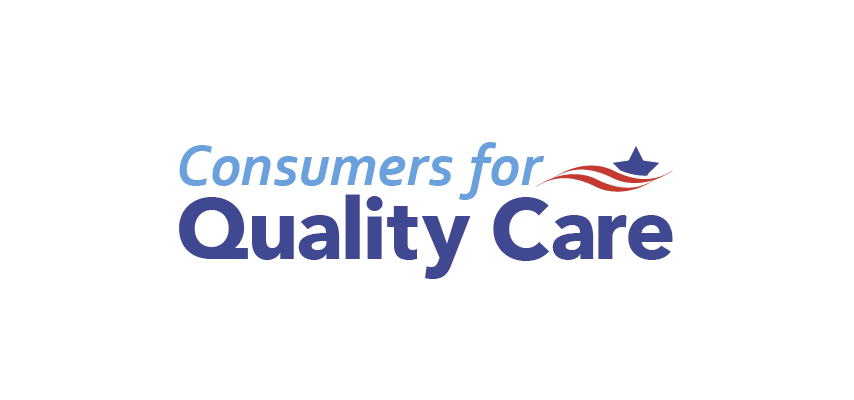Opinion: Combatting Health Care Costs With Common Sense
By Jason Resendez, on October 25, 2018

Read the full op-ed on Newport Daily News.
“Anyone who has ever filled a prescription knows there’s lots of good information we can get at the pharmacy counter. Pharmacists provide us with critical facts about side effects, whether to take medicines with or without food, potential interactions with other medications and supplements, and other important details. But in many states, including Rhode Island, your pharmacist might be prohibited from alerting you when you can get your prescription cheaper by not using your insurance.
A study published earlier this year by the University of Southern California, Overpaying for Prescription Drugs: The Copay Clawback Phenomenon, found that insurance copays are higher than the cost of the drug nearly one-quarter of the time. It defies logic, but this means that patients pay more in copays than the drugs actually cost almost 25 percent of the time. When the copay at the pharmacy counter is higher than the cost of the drug, someone keeps the difference.
In a health care system that is too often focused on increasing earnings for industry players at the expense of consumers, you can bet it’s not the patient filling the prescription that will be putting money back in his or her pocket. It isn’t the pharmacy or the drug manufacturer either. As the study notes, it’s typically the insurer or a pharmacy benefit manager (PBM) — a middleman third-party administrator initially conceived — ironically — to reduce drug prices. In many cases PBMs and insurance plans have gag clauses in their agreements with pharmacies that prohibit pharmacists from telling patients when the cash price for a certain medication is cheaper than the insurance copay.
What makes matters worse is that PBMs and insurers are implementing new copay accumulator adjustment programs that now prevent the value of copay coupons from counting towards deductibles. Forcing consumers to pay more to reach their deductibles and preventing pharmacists from talking about lower cost options is a double whammy for Americans concerned about costs.”
